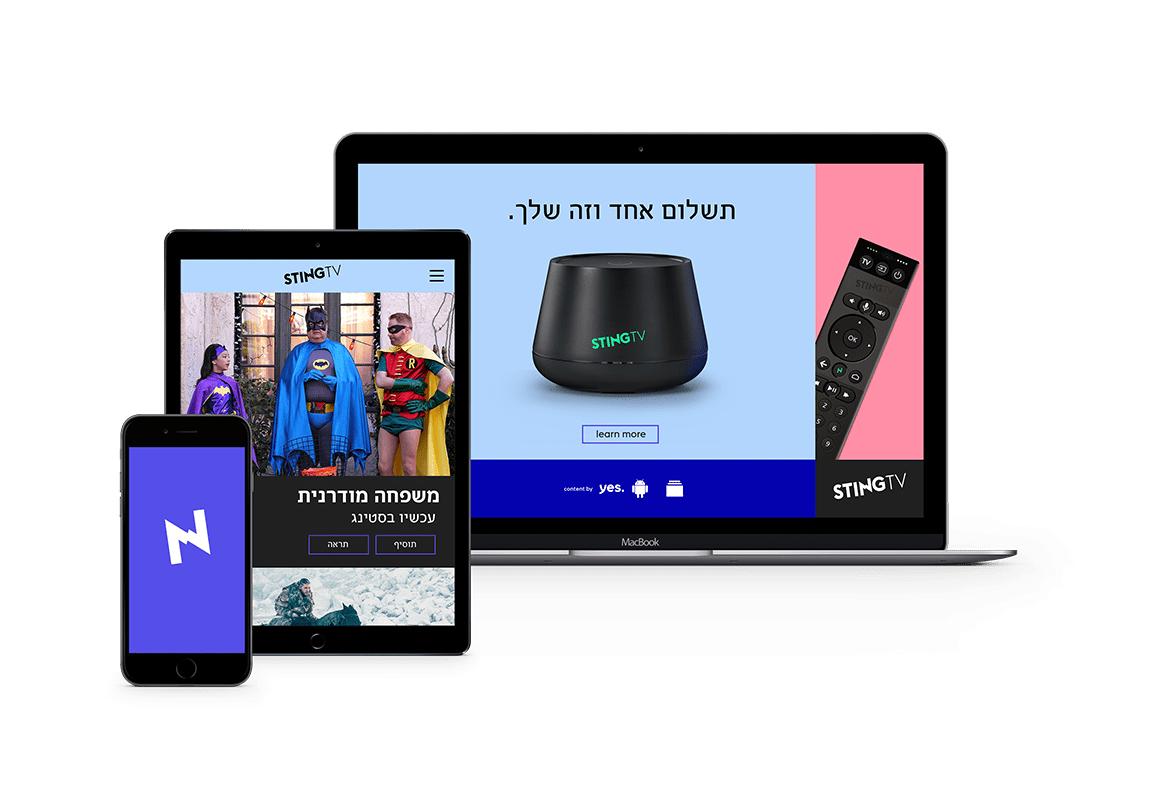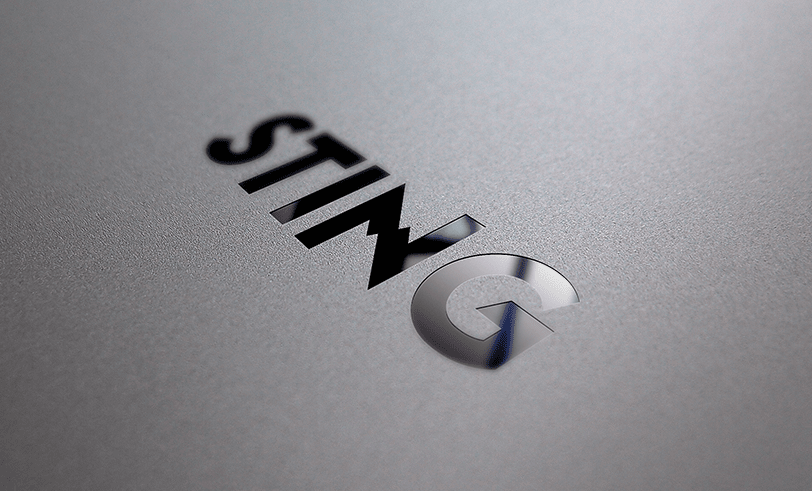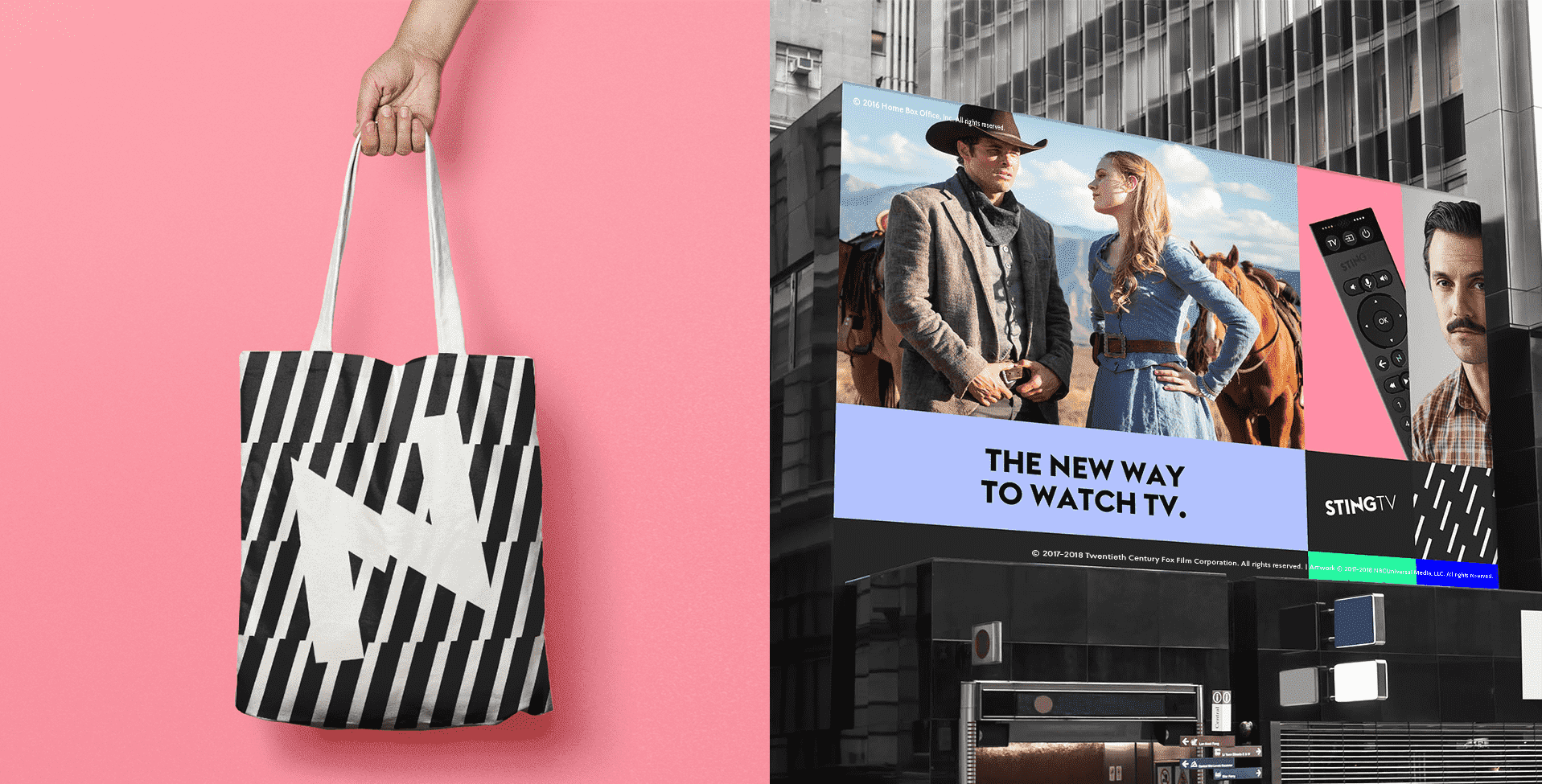
Client
Sting TV
Industry
Media
Skills
visual_identity | brand_strategy | packaging
TV Disconnect
Everyone needs a break from their busy lives. Television was a great way to do it until the TV became tangled up in cable wire, the fine print of subscriber agreements, customer retention, and pricey package deals. It all became such a headache that people started disconnecting from the TV itself — at least from the way they had watched it for decades. The trend came to be known as “cord cutting.” But disconnecting isn’t easy, especially if you want to do it legally. You might buy a dedicated streaming device, download a collection of applications and content, subscribe to five different web services, and figure out how to connect your the stereo speakers and flat screen to your laptop. But something inevitably goes wrong: either the link won’t work or the streaming gets stuck. More headaches.



Viewer Liberation
Sting TV, a service offered by Israel’s satellite broadcaster, “Yes,” was born to restore freedom for viewers. The essence of its operations and branding is the notion of being unchained. Liberating viewers to enjoy both rich on-demand content and the infinite frontiers of the internet, all with an approach that’s convenient, uncompromising, attractive, and mainly non-committal. High-quality content served up by Yes, delivered on a sophisticated device with a user-friendly and advanced interface. And it’s all legal, without any strings attached or stress.

No Strings Attached
During the strategic assessment, we sampled the desires of the viewers and analyzed their TV headaches. This was our takeaway: No strings attached. That observation formed the basis for the cheeky name and the edgy visual language that drives the brand’s appeal to young viewers. The logo symbolizes detachment: it has a jagged element; it’s colorful and energetic. The textures add freedom and frenzy. Everything is flexible, simple, and versatile. The verbal language, like the name and the design, is direct, technological, and cutting edge.






